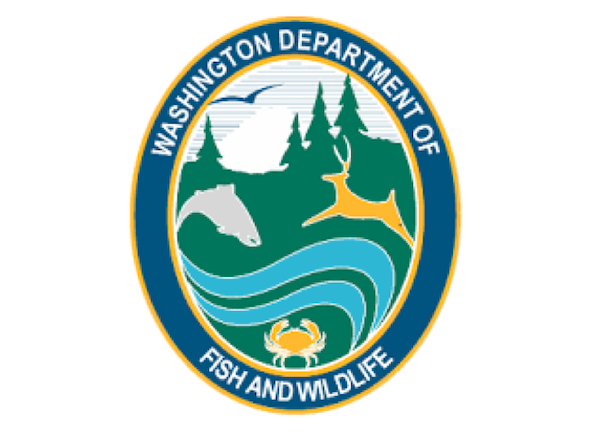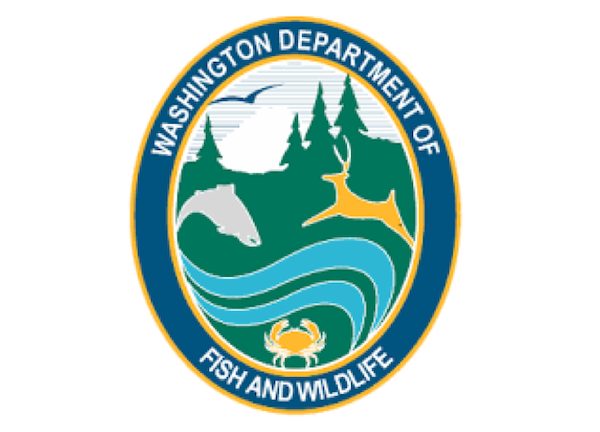Washington, Oregon agree on allocations for 2020 Columbia River salmon fisheries

by WA Department of Fish & Wildlife Staff
2-15-2020
Website
he directors of the Washington and Oregon departments of Fish and Wildlife reached an agreement this week on allocations and gear types for Columbia River salmon fisheries in 2020.
The Washington and Oregon Fish and Wildlife commissions earlier this year delegated development of 2020 Columbia River fisheries to Oregon Department of Fish and Wildlife (ODFW) Director Curt Melcher and Washington Department of Fish and Wildlife (WDFW) Director Kelly Susewind.
“Consistency in the regulations between our two states is always a top priority when talking about management on the Columbia River,” Susewind said. “This agreement is similar to what occurred last year, and brings Oregon and Washington in line with each other on some key issues.”
“Consistency between the states is important, and I am pleased we could come to an agreement,” said ODFW Director Curt Melcher.
Under the 2020 plan, 75 percent of the spring Chinook would be allocated to recreational anglers – a 5 percent increase from the allocation outlined in Washington’s Columbia River policy – with the other 25 percent allocated to the commercial fishery. Only tangle nets would be allowed in the mainstem during the commercial spring fishery after the run size update in mid- to late-May.
The summer fishery will feature an 80 percent and 20 percent split for the recreational and commercial fisheries, respectively. No gillnets will be permitted on the mainstem for the summer Chinook fishery.
The 2020 fall Chinook fishery will be the same as 2019, with a maximum of 70 percent allocated to the recreational fishery, and no less than 30 percent allocated to commercial fishers. Gillnets will again be allowed during the fall salmon fishery upstream of the Lewis River on the lower Columbia River, in order to maintain concurrency with Oregon.
“This new agreement does include limited allowance for gillnets in areas where they are currently allowed under Oregon’s rules,” Susewind said. “This helps us stay concurrent, even as we continue to explore possible alternative gear for commercial fisheries.”
Additionally, the use of barbless hooks in Columbia River fisheries will again be mandatory under the new agreement. This is a change from 2019, when the Washington Fish and Wildlife Commission made barbless hooks voluntary after June 1. Barbless hooks will be required for salmon and steelhead fisheries on the mainstem Columbia River from the mouth to the Washington/Oregon state line upstream of McNary Dam, effective March 1.
This agreement only applies to the 2020 season. Conservation measures remain unchanged, and no additional fishing pressure was approved beyond the annual amount allowed in full compliance with all salmon and steelhead Endangered Species Act requirements and sustainable fishery management practices.
The allocations in Columbia River fisheries refer to the proportion of impacts to wild fish allowed under Endangered Species Act guidelines, not the proportion of overall catch.
The Washington Fish and Wildlife Commission continues to review and evaluate its Columbia River Basin Salmon Management Policy, which went into effect in 2013 and provides long-term guidance for Columbia River fisheries.
The Washington Department of Fish and Wildlife is the state agency tasked with preserving, protecting, and perpetuating fish, wildlife, and ecosystems, while providing sustainable fishing, hunting, and other recreation opportunities.
More Reports
One-day smelt opening announced for Cowlitz River
Cowlitz River
2-10-2020
Fishery managers with the Washington Department of Fish and Wildlife (WDFW) approved a limited-opening recreational smelt fishery for Friday, Feb....... Read More
Parts of the Snohomish and Stillaguamish systems reopen to hatchery steelhead retention
Stillaguamish River
2-4-2020
Action: Returns these waters to permanent rules as listed in the 2019-20 Washington Sport Fishing Rules pamphlet. Effective date: Feb. 5,...... Read More
